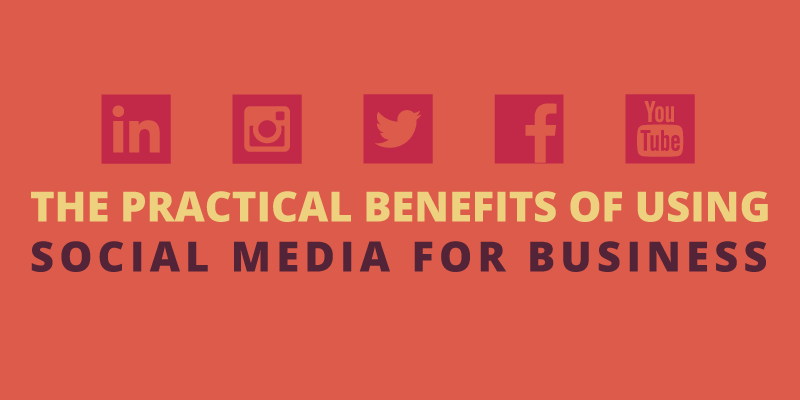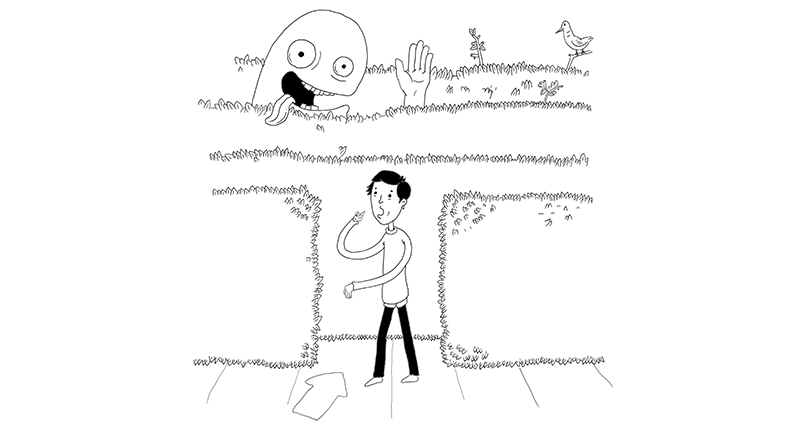“Ask Chad” is our new series based on a composite character developed from every interaction we’ve had with “those” kinds of marketers. We decided to name him Chad Wyndemere, from Wyn-Win Marketing. You know this guy – you know you do.
Hey, Chad –
I’m curious to hear your company’s take on email newsletter best practices. My partners and I launched a small business earlier this year with a fleet of food trucks and healthy vending machines, and we wanted to get our legs underneath of us before doing too much in the way of outreach. We have a decent website and a fair number of Twitter followers, but I’ve been hearing a lot lately about the resurgence of email newsletters as a viable marketing tool. We could use some help in that department for sure.
Problem is, when I look for examples of email newsletters, I don’t come across many good ones in my inbox. We don’t want to do emails just to do them – we want to do them well. How should we go about that, and where do we start with email newsletter best practices?
Thanks for any help,
Damon in Detroit
[Tweet “Chad Wyndemere opens the BuzzFarmers mail – and, much to our regret, also answers it.”]
Damon, Damon, Damon:
We’re talking about practice here. Practice? Not the game, but practice? Practice.
Sorry not sorry, classic Allen Iverson joke there. Ballers gotta ball. But seriously, my good man, what exactly do you mean when you say “email newsletter best practices”? Because, in my professional opinion, there’s no such thing as best practices when it comes to email!
#BOOM.
Damon, may I ask how old you are, sir? Should I call you sir? Is this grandpa punking me? Are you a dinosaur? A T-rex in your basement whose arms are just too short to reach the keyboard of your Commodore 64? Because if so, get longer arms, dude: That’s about the best best practice I can give you when it comes to email newsletters. By the way, the Mesozoic Era called: They want their communication technology back.
#BOOMBOOM.
Oh, wait, also, I remembered another best practice: Don’t use email newsletters.
#BOOMCUBED
You’re in Detroit, right? Well, unless you’re Henry Ford letting stakeholders know about your hot new assembly line concept, why not try something a little more up to date? I can’t sugarcoat this one for you, my friend: You’re waaayyyy behind the times here. Internet marketing moves fast, old-timer. But you’re not a lost cause: I’m glad you came to me. Remember, bro: first one’s free, but the rest is gonna cost you. Check my bio for my vCard and we can get some #realtalk going at Ruth’s Chris once I start my agency, Wyn-Win Marketing, spring of 15.
– “Rad” Chad Wyndemere
1. Paid Search and Social
Scalable synergy at its best. You gotta spend a lot to make a lot. Why waste time with research and writing content when you can just fork over some cash for the same clicks to your homepage? You wanna move the needle, right? So start moving the needle.
2. Banner Ads
They might was well call these babies Ray-Banners, ’cause they’ll never go out of style. Get a tiger team to design them and plunk a few dollars down at your local alternative weekly newspaper. You’ll probably get a discount on print displays, too! OK, I’m gonna do you a favor and open the kimono here: Millennials are bringing print back. Mark it down.
3. Buy a Good List
If you’re not gonna listen to me, Rad Chad, then at least score some quality addresses. Don’t worry: They’re low-hanging fruit, used to getting emails. Blast those suckers with the same banners you bought for the newspaper’s website and double your money. Maybe include a meme or two, but don’t spend too much time on content – and whatever you do, don’t give anything good away! Send ’em out whenever you get a minute, or on Friday afternoons right before Happy Hour.
Editor’s Note
To Damon and to all readers of the BuzzFarmers blog: Chad Wyndemere is not real. But you probably know him. He says things like “paradigm shift,” “omnichannel,” and “granularity” a lot. If Chad were real, he’d be wrong every single time he opened his mouth.
For starters, we very much believe in the email newsletter – best practices are plentiful, as a matter of fact.
Good email newsletters can be effective in both finding new customers and establishing a strong relationship with current ones. Here are five of our favorite email newsletter best practices, to offset any damage Chad might have done with his … horrifying advice:
1. Purchasing Lists is Popular – But You Don’t Have To
After working with publishers for more than 10 years, we know every business buys email lists. This can be white hat, but the worst transactions border dangerously on black hat business. Our preferred method is to cultivate your email list organically with subscriptions via your website and social media. Turning blog visitors into email subscribers is one of our specialties. It’s also a steady way to build a solid customer base.
2. Include Original Content That Complements What’s Already on Your Blog
The path of least resistance is simply replicating your blog posts in your emails. Don’t take it. Your subscribers will notice and appreciate fresh, newsletter specific material. Video, additional text that tells a story, social media tie-ins, and promotions that value your customers can attract recipients to your website. You have to give them a reason to take that first step! Trulia boasts a top-notch blog that produces an equally dynamic newsletter. Skillshare is always awesome, as well.
3. Create a Sense of Give and Take With Your Subscribers
Two huge rules for email: 1) Send them consistently, on a schedule; 2) Get your account white-listed by asking subscribers to include your address in their address book. This will give your messages a fighting chance amid crowded inboxes. In addition, hide some easter eggs in your correspondence – subscribers want deals, discounts, multimedia and information about you they can’t find anywhere else! Chris Brogan, Geoffrey James, AJ Leon, John Maudlin, and Christopher Penn do a great job of this with this with their email newsletters.
4. Test Your Subject Lines for Ways to Improve
There are many theories about email subject lines. You can experiment with what works for your business, keeping in mind rules of length and word choice, of course. As MailChimp said in a recent study, the “best email subject lines are short, descriptive, and provide the reader with a reason to explore your message further.” And one of the most comprehensive takes can be found on our client Mequoda’s website. That post was written for publishers, but in general applies to all business email newsletter best practices. Also, don’t forget the importance of your “From:” line! It needs to be clear, consistent, and relevant to the content.
5. Include a Call-to-Action
All of your work will be for naught if you don’t give your subscribers the opportunity to participate: By sharing, buying, visiting, responding, and more. One of the very best at this is Vani Hari, the Food Babe.
That’s just a primer, but we hope it helps – let us know in the comments! And the next time you need some advice about your website, social media, or email, please call or write us, but ask to speak with “Anybody but Chad,” or put #anybodybutchad in your subject line. As always, thanks for visiting BuzzFarmers!











